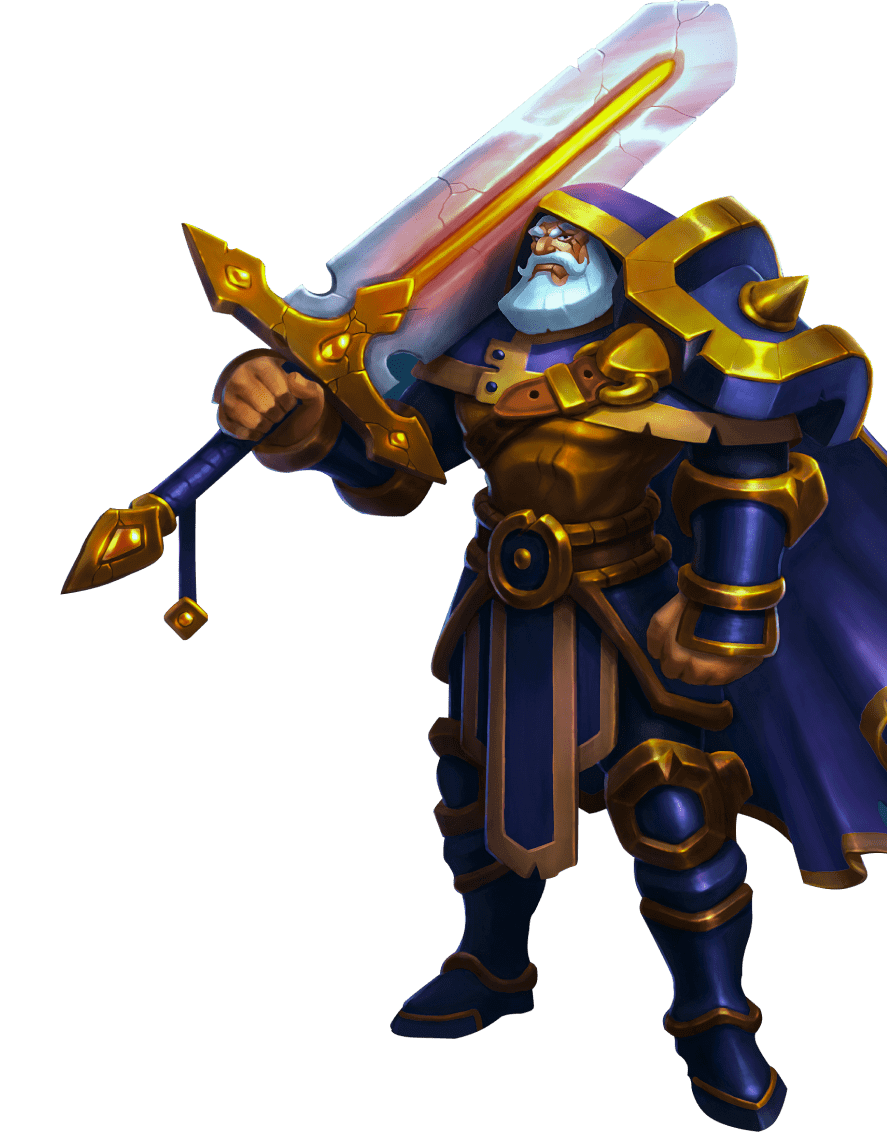In the 3D video game development world, where breathtaking graphics and immersive worlds take center stage, it’s easy to overlook the crucial role of User Experience (UX) design. Yet, UX is the invisible hand that guides players down the game road, ensuring that every following step is intuitive, engaging, and unforgettable.
In 3D video games, the goal is to immerse players, so the user experience is the bridge that connects players to these digital realms. It’s the feeling of stepping into the shoes of a character, exploring a landscape, or navigating to achieve a goal. A well-designed UX keeps players engaged and helps them forget the real world, allowing them to embrace the game’s narrative and atmosphere fully.

What Is Game UX, and What Is the Connection Between UX and UI?
Game User Experience (Game UX) is the art and science of designing, which is about player player-centric development process. The entire player’s journey within a video game is to ensure it is enjoyable, engaging, and emotionally resonant. It encompasses every aspect of a player’s interaction with the game, from launching it to completing their gaming session. Game UX goes beyond just the aesthetics of graphics or the buttons’ functionality; the design process dives deep into the psychological and emotional impact of the player’s experience.
Here’s a comprehensive understanding of UX game design and its connection to User Interface (UI):
- Player Engagement: Game UX aims to captivate the player’s attention and maintain their interest throughout the gaming experience.
- Emotional Impact: Games evoke many emotions, from excitement and triumph to fear and sadness, and game UX is responsible for designing these emotions.
- Usability: While UI design deals with the layout and functionality of in-game menus and controls, game UX extends to the usability of these elements. It ensures players can easily navigate menus, adjust settings, and understand gameplay mechanics.
User Interface elements are components of UX design. It deals with the visual and interactive elements of the game, such as menus, buttons, HUD (Heads-Up Display), and on-screen prompts. A well-designed UI enhances the overall UX and guides players, influencing their decisions. Well-placed buttons, informative tooltips, and visual cues can nudge players in the right direction, keeping them engaged and informed.
The UI elements often reflect the game’s visual style and aesthetics. Consistency in design, color schemes, and typography between the game’s graphics and UI elements contributes to a cohesive and immersive experience.
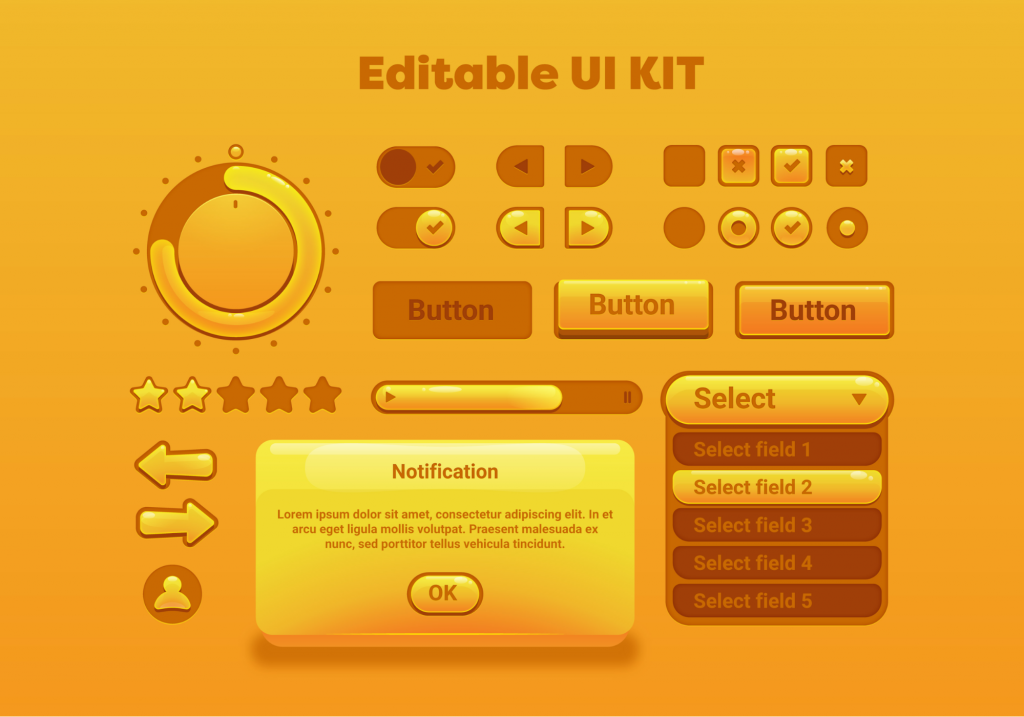
Why is UX Design Important in Video Games?
Let’s establish why UX is so vital for your game’s success. in today’s fiercely competitive gaming market, a game’s success is about more than just visual appeal and gameplay elements. User experience is a decisive factor that can make or break a game.
Player Retention
One of the primary objectives of game development is to keep players engaged for as long as possible. A well-crafted UX can ensure that players don’t just download your game but continue playing it for weeks, months, or even years.
Positive Reviews and Ratings
User reviews and ratings heavily influence a game’s popularity and credibility. When players have an enjoyable experience, they’re likelier to leave positive reviews and high ratings.
Monetization
In-game purchases and advertisements are common revenue streams for mobile games. A smooth and non-intrusive UX can boost your monetization efforts and, as a result, lead to higher profits.

The Game UX Designer’s Role in Game Design
First and foremost, a Game UX Designer must have a deep understanding of the player’s mindset. It’s a talent to put oneself in the player’s shoes, anticipating how players will react to various elements within the game. This involves understanding player motivations, preferences, and pain points. So, it’s vital to play games and understand game mechanics.
Game UX Design is about putting the player at the center of the design process. It’s not just about what looks cool or seems like a fun mechanic; it’s about what will resonate with the player. One of the key responsibilities of a Game UX Designer is to keep the balance between challenge and enjoyment.
This role is about to be responsible for designing the user interface (UI) elements within the game. This includes menus, HUDs (Heads-Up Displays), and interactive elements. These interfaces must be intuitive, allowing players to navigate seamlessly without breaking immersion.
A strong narrative component is also vital, and Game UX Designers work closely with writers and storytellers to ensure that the player’s journey aligns with the game’s narrative arc.
Game UX Designers are problem solvers, as every game presents unique challenges. They identify issues that hinder gameplay, whether a confusing level design, an unresponsive control scheme, or an unclear objective, they find creative solutions to these problems.
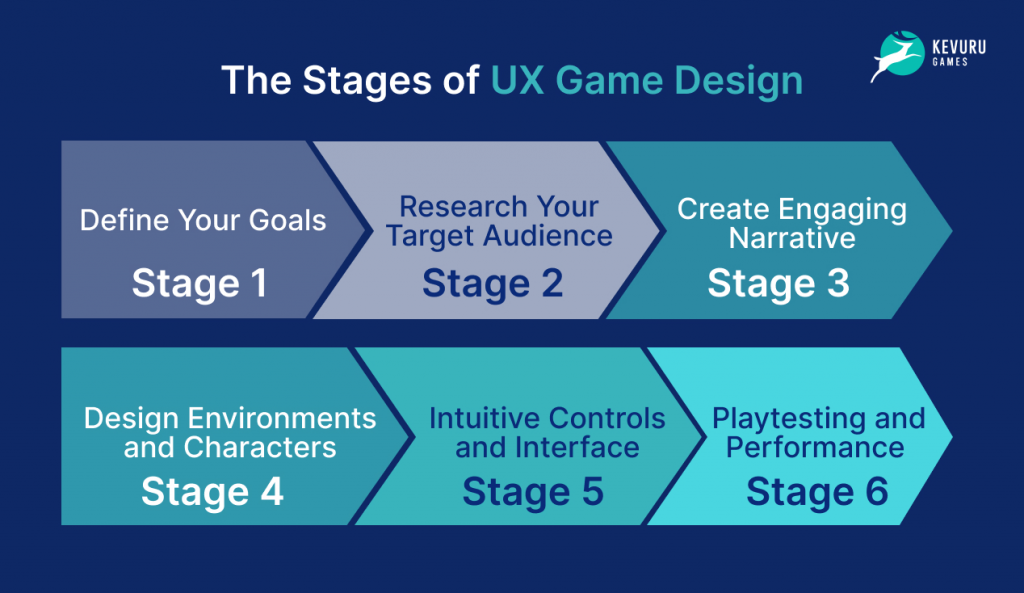
Creating the UX for Immersive Gameplay: Guide for Game Designer
Achieving a profound level of immersion requires careful planning, attention to detail, and a deep understanding of user experience (UX) principles. Here are the steps for game developers to create the proper UX for immersive gameplay:
Define Your Goals
Before you dive into development, establish clear goals for immersion. Put the right questions before planning UX. What emotions do you want players to feel? What kind of world are you building? Is it a fantasy realm, a futuristic dystopia, or a historical adventure?
Research Your Target Audience
Conduct players’ research to understand their preferences, playstyles, and expectations. Are casual gamers seeking a quick escape or hardcore enthusiasts seeking profound narrative experiences? Tailor your immersion strategies to fit your target audience.
Create a Compelling Narrative
A captivating story is the backbone of immersion. Develop a rich, engaging narrative with well-defined characters, plot twists, and world-building. A compelling story gives players a reason to invest emotionally in the game.
Design Detailed Environments
Immersive games demand thoughtfully designed environments. Pay attention to every detail, from architectural elements, flora, and fauna to the most minor props. Create environments that are not only visually stunning but also interactive, with hidden objects, treasures, or artifacts waiting to be discovered.
Intuitive Interface
The user interface (UI) should be intuitive and unobtrusive. Keep the UI clean, intuitive, and context-sensitive. Players should be able to navigate menus and controls effortlessly without feeling like they are trudging through the interface. Keep HUD (head-up display) elements minimal to maintain immersion.
How to Tackle UX Issues in a Game
It’s vital to identify the problem areas. The first step in addressing UX issues is identifying them. Playtest your game rigorously and gather feedback from players. By pinpointing problem areas, you can focus on addressing the most critical issues.
- Confusing menus or navigation;
- Inconsistent controls;
- Unresponsive gameplay mechanics;
- Poorly explained game mechanics;
- Long loading times or frequent crashes.
Ensure that game mechanics, objectives, and rules are communicated clearly to players. Use tooltips, in-game hints, or tutorials to guide gamers without overwhelming them with information.
Use analytics tools to gain insights into player behavior. Analyze player data to identify patterns or trends that can inform UX improvements. Data-driven decisions can be incredibly effective in fine-tuning your game.
Engage with your player community through forums, social media, and game communities. Listen to their concerns and suggestions, and involve them in discussions about future updates.
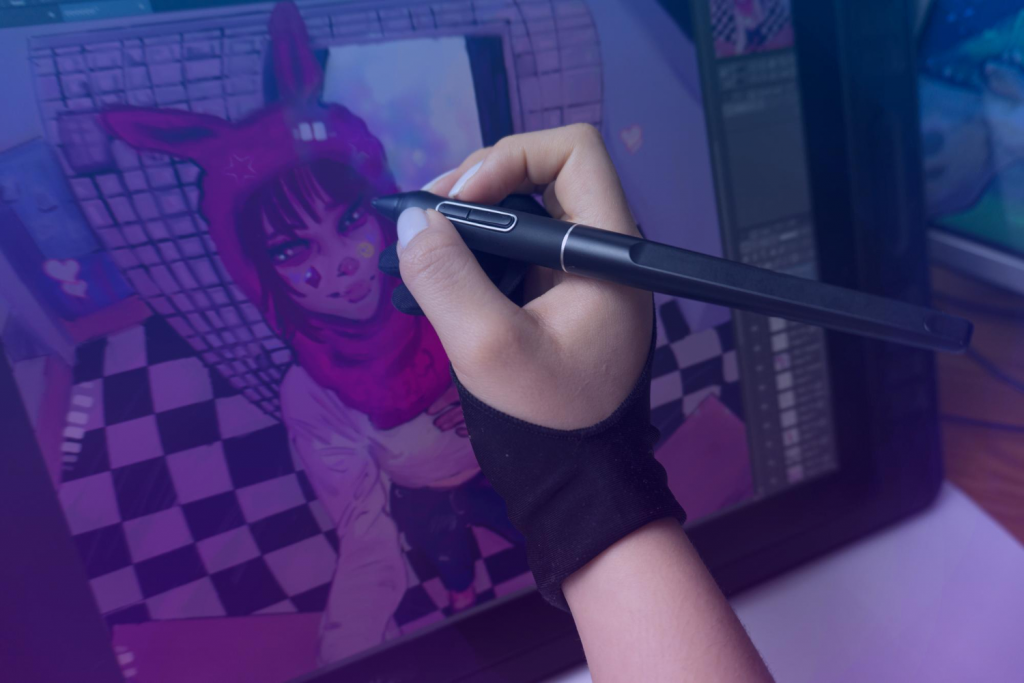
Kevuru Games Expertise in Game UX Design
At Kevuru Games, we firmly believe players should be at the center of every decision. It’s a challenge for us to embrace the philosophy of video game UX design. So, we continuously test and refine our designs, addressing issues as they arise. This agile approach allows us to stay ahead of the curve and deliver cutting-edge experiences.
Whether you’re a game studio looking to elevate your project’s UX or an individual developer seeking expertise in creating unforgettable player experiences, our team is your trusted partner. Kevuru Games, a gaming company with 11 years of experience in the market. Our expertise spans multiple genres, including MMOG, adventure, strategy, puzzles, educational games, board games, and role-playing games. We declare our mission is to provide game publishers with full-cycle game development production and give our clients player-centric advice as to in-game investments.
We offer a full range of UI-UX game design services, including:
Fully executed development;
Concept art and design;
Quality assurance and testing;
Game monetization consultations;
Post-release support.
In the ever-evolving landscape of game development, User Experience (UX) is a pivotal aspect that continues to shape the industry. To succeed you should stay abreast of the latest trends and technologies driving UX innovation. In this guide, we’ll delve into the cutting-edge trends and technologies that are currently shaping the future of game development UX.
UX Up-To-Date Trends and Technology in Game Development
Augmented Reality (AR) and Virtual Reality (VR)
AR and VR technologies are now integral to creating immersive gaming experiences. Games like “Pokemon Go” and VR titles like “Half-Life: Alyx” have showcased the potential of these technologies. Augmented Reality App Development Company integrating elements into games can transport players to entirely new worlds and provide a level of immersion that was previously unimaginable.
Cloud Gaming and Streaming
Cloud gaming services like Google Stadia and Xbox Cloud Gaming are changing how players access and experience games. These platforms enable high-quality gaming on various devices, reducing the need for expensive hardware. Game developers must consider the unique UX challenges and opportunities presented by this shift in gaming delivery.
Player-Centric Design
Game developers are increasingly adopting a player-centric design approach. This means designing games with a deep understanding of player behaviors, preferences, and motivations. Personalization, adaptive difficulty levels, and player-driven narratives are becoming common strategies to enhance the overall UX.
Accessibility and Inclusivity
The gaming community is increasingly diverse, and game developers recognize the importance of creating inclusive and accessible experiences. Features like customizable controls, subtitles, and color-blind modes are becoming standard to ensure that games are enjoyable for everyone.
AI and Machine Learning
AI and machine learning are used to enhance AI game development, adapt gameplay to individual player styles, and even generate dynamic content. These technologies enable games to evolve and respond in real-time, creating more engaging and personalized experiences.
Cross-Platform Play
Cross-platform play is becoming increasingly common, allowing gamers on different devices and platforms to play together. This trend not only expands the player base but also presents UX challenges related to balancing gameplay and ensuring fairness across platforms.
Blockchain and NFTs in Gaming
Blockchain technology and NFT gaming platform development are starting to influence the gaming industry. They offer opportunities for players to own in-game assets and create unique, tradable items, impacting the in-game economy and UX.






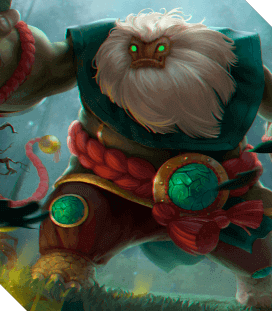



![Indie Game Development: Guide to Revenues, Most Profitable Genres & Monetization [+10 Best Indie Games 2024]](https://kevurugames.com/wp-content/uploads/fly-images/11949/indie-pre-138x138.jpg)
